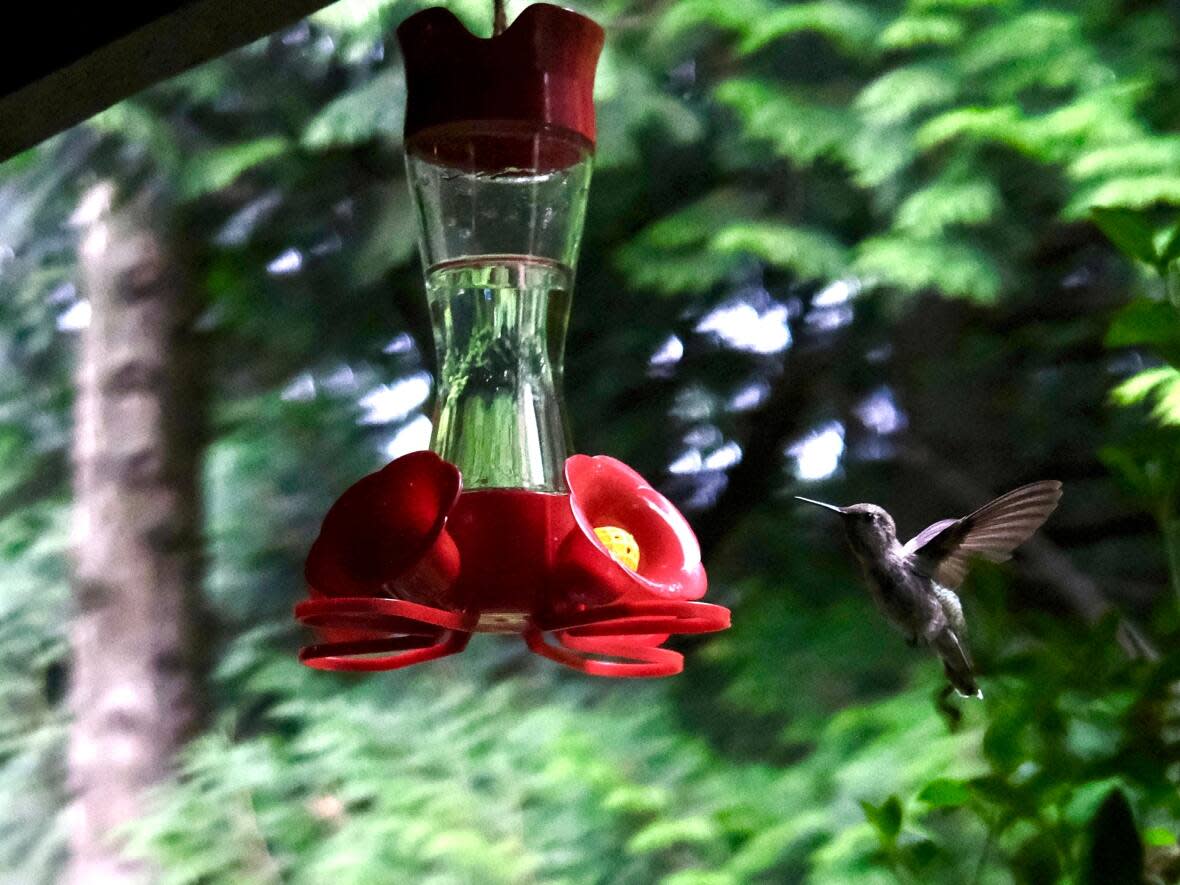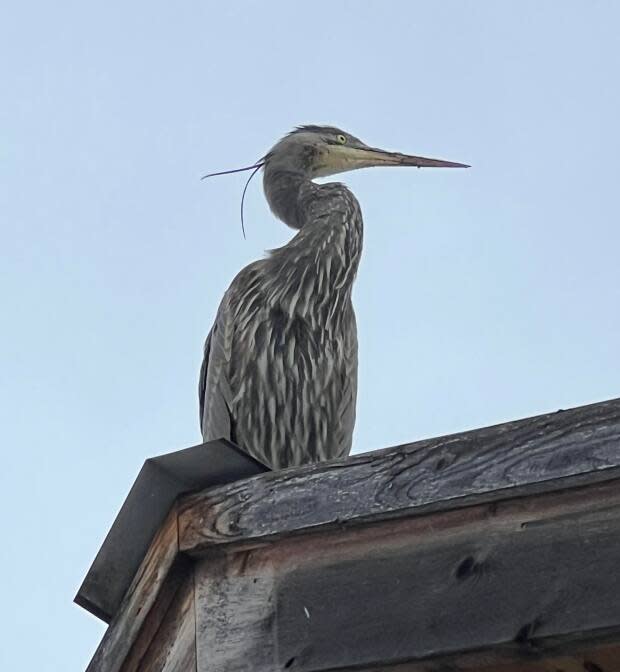B.C. citizen scientists asked to record birds in their neighbourhoods as part of global count

The Great Backyard Bird Count starts today, which means bird enthusiasts and casual observers from around the world will be keeping close watch on our feathered friends.
The event is now in its 28th year and runs through Monday.
The purpose of the Great Backyard Bird Count is for people to count as many birds as they can during a 15-minute period at some point over four days, and then, through a smartphone app, report their numbers to scientists involved in the project.
The recorded observations help create a better understanding of global bird populations at a time when many species are disappearing.
"The reason why it's done every year in February around the world is to help get a good baseline inventory of bird populations before they migrate into other parts of the world," Andrew Holland of the Nature Conservancy of Canada told host Michelle Elliot on CBC's BC Today.
"Birds have declined a lot in terms of their populations all around the world," Holland added. "And recently there was a report in North America that showed that bird populations declined 2.9 billion over a 50-year period due to habitat loss, climate change, lack of food source."

Smartphone apps help with the count
The Great Backyard Bird Count was founded in 1998 in the United States by the Cornell Lab of Ornithology and the National Audubon Society. Birds Canada joined the project in 2009, and the initiative went international in 2013 when eBird, an online database, came into use.
On the Great Backyard Bird Count's website (birdcount.org), two free apps are recommended for entering data — Merlin Bird ID and eBird Mobile. Participants can also enter their information using a desktop or laptop computer.
People doing the count don't actually have to see a bird to include it in their numbers. Hearing a bird-call is sufficient. The Merlin Bird ID app matches users to their region and includes a field guide with photos and sounds.

Protecting bird habitat
Connel Bradwell, who is based in Victoria and works as lead educator for the Northwest Wildlife Preservation Society, says habitat loss is the biggest reason for the declining bird population worldwide.
He said communities should consider how development decisions could affect birds.
"We need to look at … areas that they are using, that are really important [and] make sure they are adequately protected," he said on BC Today. "And not just habitat but making sure they have corridors to move through so they're not just having separate pockets of habitat."
Bradwell also says people can make sure their houses and yards are bird-friendly. This could include taking measures to reduce window strikes, and adding native plant species to green spaces.
"Another great one is … keeping dogs on leashes in parks because a lot of these migratory birds are coming through," he said.
"A lot of the time you see dogs chasing birds in really important areas around the Lower Mainland — Boundary Bay, Richmond, [and] here on the Island, places like Island View Park. People let their dogs off, chasing these birds, and they need a break. That's why they're here, they're going on a huge journey."


